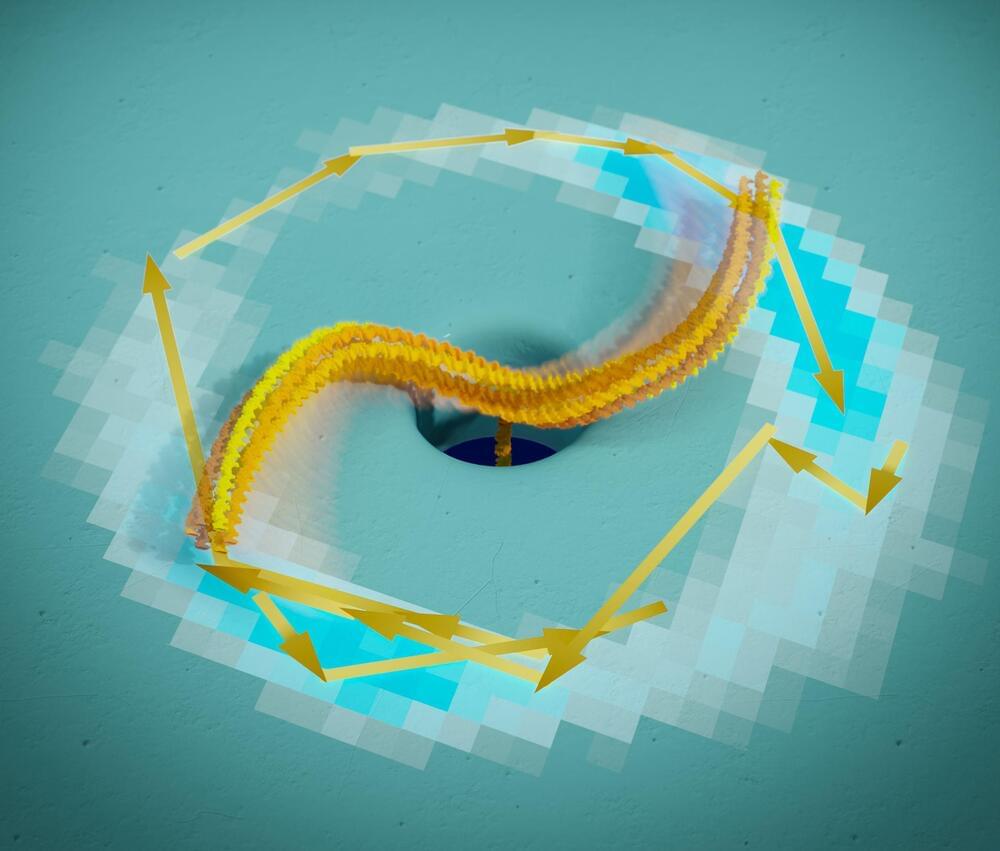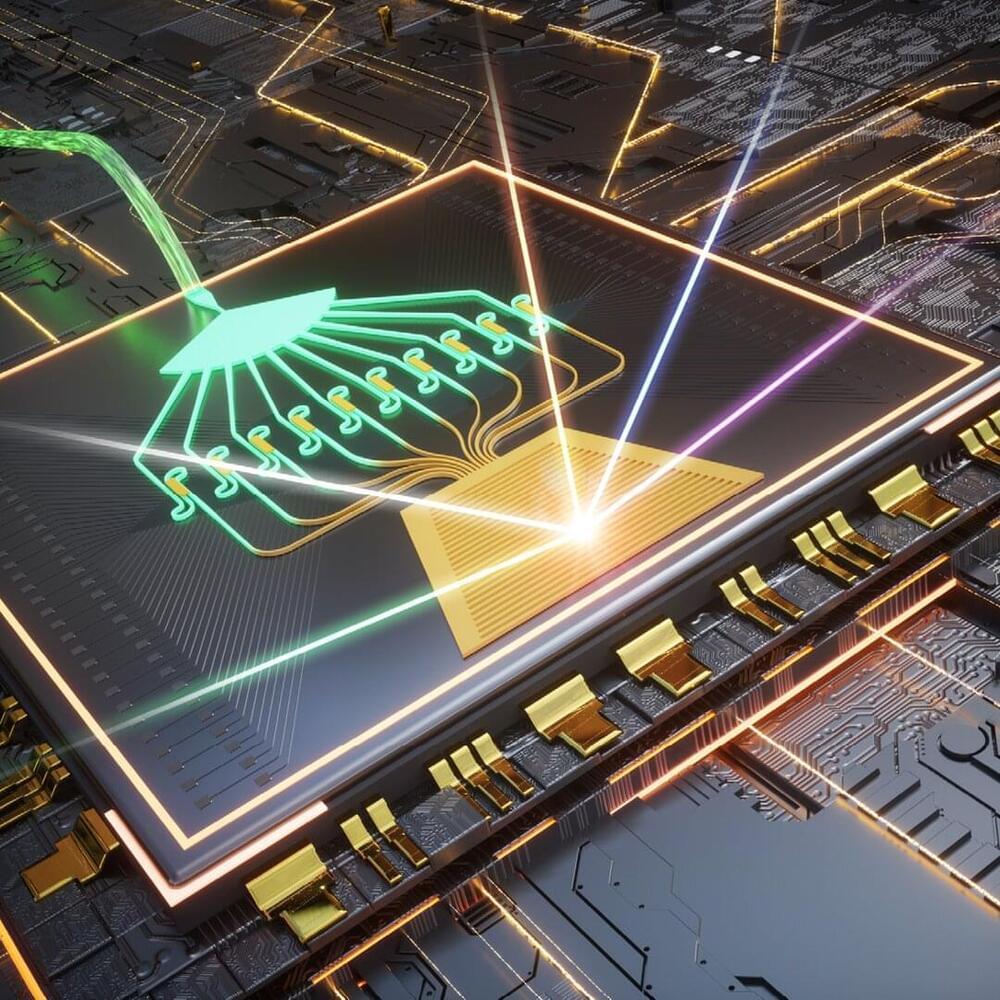An investigation into Hino blames a lack of psychological safety for 20 years of false carbon emissions data. But can it be nurtured?



The state of Maine has started a campaign to educate residents about heat pumps and now they can heat homes even in the winter.
Heat pumps are i ncomprehensible to many people. How can a thing that looks like an air conditioner keep people warm in the winter? The state of Maine wants to install 100,000 heat pumps in the next 3 years and is off to a good start. 27,000 of them were installed by Maine residents last year. Presently, about 60% of all homes in Maine are heated by oil furnaces — one of the highest percentages in America. All those furnaces mean lots of carbon emissions.
Maine may not have the harshest winters in the United States, but it certainly comes close. Old time Mainers like to say their weather is “10 months of winter and 2 months of damn poor sleddin’.” Outside of cities like Portland, its residents tend to be skeptical of new ways of doing things, and that reticence extends to heat pumps.
To address those concerns, Efficiency Maine conducted an experiment last winter to see if heat pumps would keep homes in Maine comfortable even when temperatures outside dipped to-20º F. Lots of people who have heat pumps today also have an oil furnace as well, on the theory that a heat pump can’t make heat when the temperature drops below zero.

State plans for the National EV Charging Infrastructure (NEVI) Formula Program were due to the Joint Office of Energy and Transportation this week, and many states released a draft plan for feedback in the last couple of months. The NEVI Program is one of two programs in the Bipartisan Infrastructure Law that provide funding for publicly-accessible electric vehicle (EV) charging infrastructure. Program funds can be used to plan for, install, operate, and maintain EV charging stations along travel corridors, with a focus on designated Alternative Fuel Corridors. Funding under the NEVI program totals $5 billion from 2022 through 2026. Funds will be allocated to states each year for implementation based on a pre-established formula, provided the departments of transportation in those states submit a satisfactory EV charging plan to the Joint Office, with updates to the plan required annually.
So what’s in the draft plans?
I pulled a few draft plans to look at as a starting point, aiming for a cross section of states in different regions, with different politics, with different economic stakes in the EV transition, at different places in EV adoption, with different weather. I couldn’t get quite the representative cross section I wanted because there are still big gaps in which states have released a draft plan. I decided to start with Alabama, California, Texas, and Wyoming.

They claimed that artificial intelligence can actually solve some of the hardest challenges that affect the delivery of dementia treatment to old people, especially those with Alzheimer’s disease.
In 2021, the National Library of Medicine revealed that more than 6.2 million U.S. residents are suffering from Alzheimer’s.
Holographic teleportation sounds like something out of Star Wars or Star Trek, but instead of the bridge of a flashy interstellar spaceship, a world-first technological achievement took place in a nondescript boardroom on campus at Western recently.
The term holographic teleportation, or holoport, is a combination of hologram and teleport: when a hologram of a person or object is transmitted instantaneously to another location.
On the afternoon of July 27, a small group of students from the Western Institute for Space Exploration (Western Space) gathered to witness and take part in the world’s first international holoport demonstration.

Researchers from TU Delft have constructed the smallest flow-driven motors in the world. Inspired by iconic Dutch windmills and biological motor proteins, they created a self-configuring flow-driven rotor from DNA that converts energy from an electrical or salt gradient into useful mechanical work. The results open new perspectives for engineering active robotics at the nanoscale.
The article is now published in Nature Physics (“Sustained unidirectional rotation of a self-organized DNA rotor on a nanopore”).
Rotary motors have been the powerhouses of human societies for millennia: from the windmills and waterwheels across the Netherlands and the world to today’s most advanced off-shore wind turbines that drive our green-energy future.

Researchers have developed a new chip-based beam steering technology that provides a promising route to small, cost-effective and high-performance lidar (or light detection and ranging) systems. Lidar, which uses laser pulses to acquire 3D information about a scene or object, is used in a wide range of applications such as autonomous driving, free-space optical communications, 3D holography, biomedical sensing and virtual reality.
“Optica l beam steering is a key technology for lidar systems, but conventional mechanical-based beam steering systems are bulky, expensive, sensitive to vibration and limited in speed,” said research team leader Hao Hu from the Technical University of Denmark. “Although devices known as chip-based optical phased arrays (OPAs) can quickly and precisely steer light in a non-mechanical way, so far, these devices have had poor beam quality and a field of view typically below 100 degrees.”
In Optica, Hu and co-author Yong Liu describe their new chip-based OPA that solves many of the problems that have plagued OPAs. They show that the device can eliminate a key optical artifact known as aliasing, achieving beam steering over a large field of view while maintaining high beam quality, a combination that could greatly improve lidar systems.



A Purdue University chemical engineer has improved upon traditional methods to produce off-the-shelf human immune cells that show strong antitumor activity, according to a paper published in the peer-reviewed journal Cell Reports.
Xiaoping Bao, a Purdue University assistant professor from the Davidson School of Chemical Engineering, said CAR-neutrophils, or chimeric antigen receptor neutrophils, and engraftable HSCs, or hematopoietic stem cells, are effective types of therapies for blood diseases and cancer. Neutrophils are the most abundant white cell blood type and effectively cross physiological barriers to infiltrate solid tumors. HSCs are specific progenitor cells that will replenish all blood lineages, including neutrophils, throughout life.
“These cells are not readily available for broad clinical or research use because of the difficulty to expand ex vivo to a sufficient number required for infusion after isolation from donors,” Bao said. “Primary neutrophils especially are resistant to genetic modification and have a short half-life.”